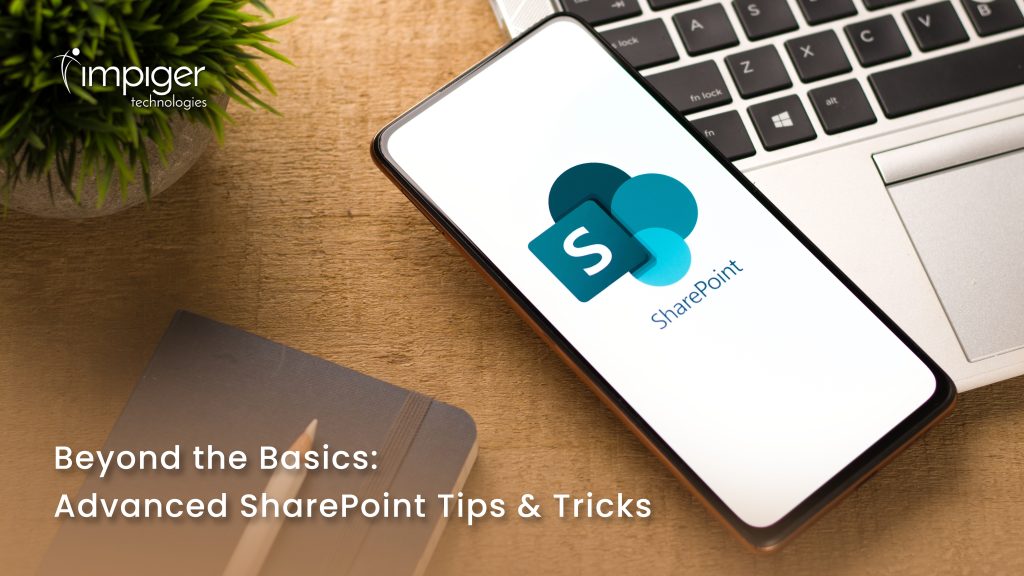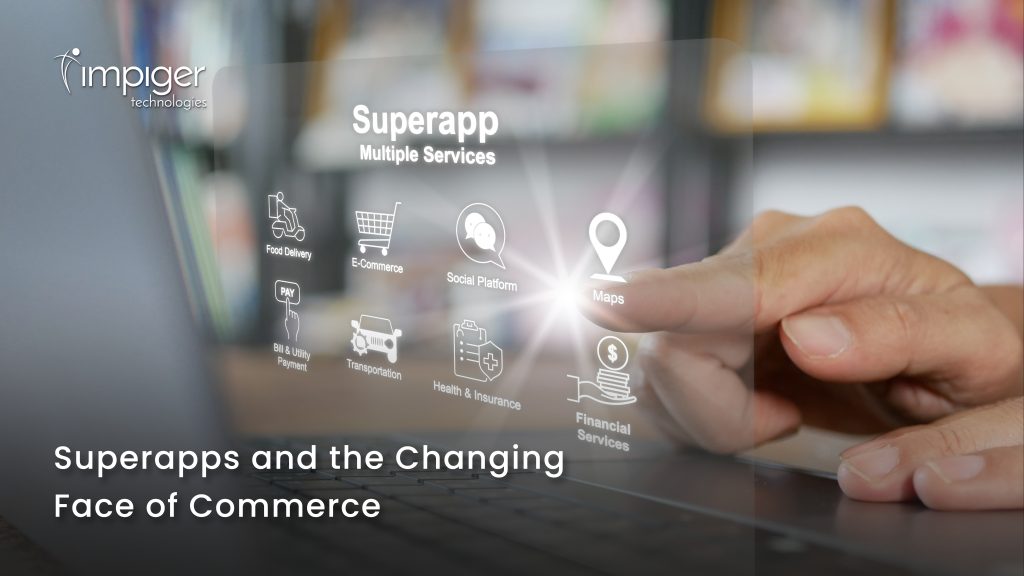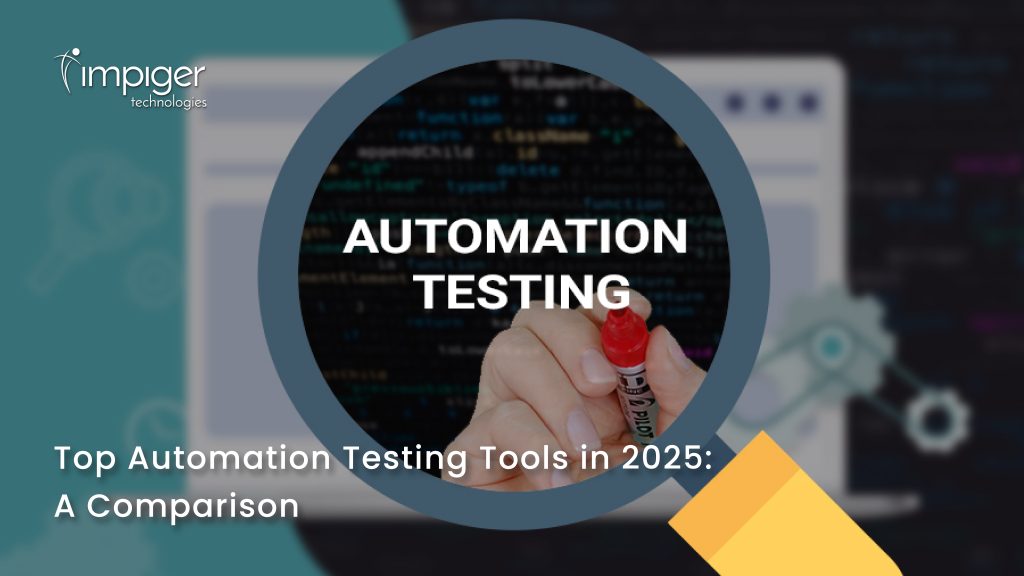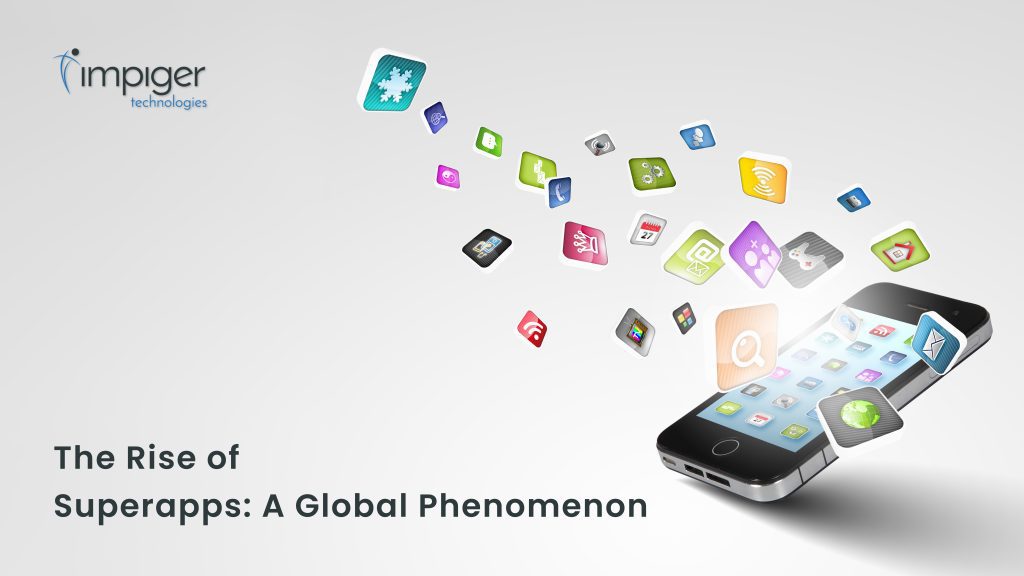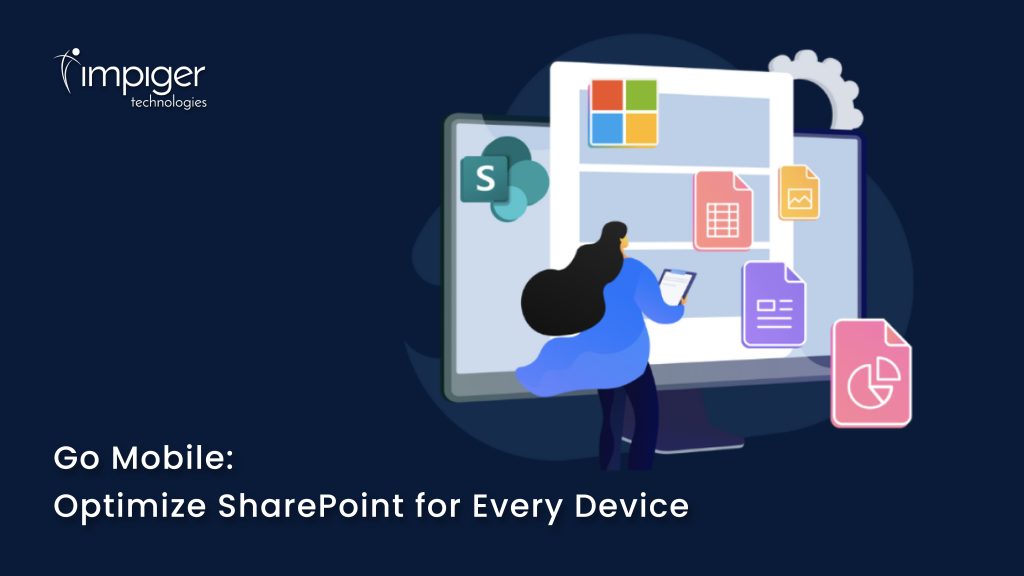Introduction
In today’s fast-paced work environment, where employees increasingly rely on mobile devices to stay connected and productive, organizations must prioritize building mobile-friendly intranet portals. This blog explores the key considerations, best practices, and technologies involved in creating a mobile-optimized intranet portal that enhances accessibility and usability for employees.
Importance of Mobile-Friendly Intranet Portals
As smartphones and tablets have become ubiquitous in the workplace, employees expect to access vital information and collaborate seamlessly while on the move. A mobile-friendly intranet portal addresses this need, enabling employees to stay connected and productive regardless of location or device.
Accessibility on the Go
Ensuring accessibility for all users, regardless of their device, is paramount. Employing responsive web design principles allows the intranet portal to dynamically adjust its layout and content based on any mobile device’s screen size and resolution, ensuring a consistent user experience.
Usability Considerations
Mobile users have distinct needs and behaviors compared to desktop users. Therefore, it is crucial to design the intranet portal with mobile-specific interactions and workflows in mind. This includes optimizing navigation menus, simplifying content layout, and minimizing the need for excessive scrolling or zooming.
Best Practices for Mobile Optimization
To create a successful mobile-friendly intranet portal, organizations should adhere to these best practices:
- Responsive Design: Employ responsive web design techniques to ensure seamless adaptation to various screen sizes and orientations.
- Performance Optimization: Streamline the portal’s performance by minimizing unnecessary animations, images, and scripts to improve load times.
- Intuitive Navigation: Design intuitive navigation menus and clear pathways to facilitate easy access to different portal sections.
- Readable Content: Utilize legible typography, ample whitespace, and appropriate font sizes to enhance content readability on mobile devices.
- Mobile-Specific Features: Leverage device capabilities like touch gestures, geolocation, and push notifications to enrich the mobile user experience.
Essential Components of a Mobile-Optimized Intranet Solution
- Responsive Design: The intranet portal is optimized for mobile devices, providing a seamless and consistent user experience across smartphones and tablets. The responsive design ensures that content is displayed properly and navigation is intuitive, regardless of screen size or device orientation.
- Secure Access: Robust security measures, such as multi-factor authentication and encrypted connections, ensure that sensitive company information remains protected, even when accessed from mobile devices outside the corporate network.
- Communication Tools: Integrated communication tools, such as instant messaging, video conferencing, and discussion forums, facilitate real-time collaboration and foster a sense of connection among remote and mobile employees.
- Document Management: A centralized document repository allows employees to upload, share, and access documents securely from their mobile devices. Version control and access permissions ensure that users always have access to the latest information.
- Personalized Dashboard: Customizable home pages enable users to tailor their intranet experience by adding widgets, shortcuts, and frequently accessed tools. Quick access to favorites and personalized notifications enhances user productivity and engagement.
- Employee Directory: A comprehensive employee directory provides detailed profiles, contact information, and organizational charts, making it easy for users to find and connect with colleagues across the organization.
- Task and Project Management: Built-in task assignment and tracking features enable managers to assign tasks, set deadlines, and monitor progress, while dedicated project collaboration spaces facilitate team communication and coordination.
- Knowledge Management: A wiki-style knowledge base empowers employees to contribute, edit, and access collective knowledge, fostering a culture of learning and problem-solving within the organization.
Benefits
- Enhanced Accessibility: A mobile-friendly intranet portal ensures that employees can access important information and collaborate with colleagues from anywhere, at any time, improving flexibility and productivity.
- Improved Communication: Integrated communication tools facilitate real-time collaboration and foster a sense of connection among remote and mobile employees, leading to improved teamwork and morale.
- Increased Efficiency: Features such as task and project management streamline workflow processes, reducing manual effort and improving overall efficiency within the organization.
- Better Decision-Making: Access to up-to-date information and knowledge resources empowers employees to make informed decisions quickly and confidently, driving better business outcomes.
Final Thoughts
Investing in a mobile-friendly intranet portal is paramount for organizations adapting to the dynamic demands of the contemporary workplace. By emphasizing accessibility, usability, performance optimization, and security, organizations can empower their workforce to stay connected, informed, and productive regardless of location. Building a mobile-friendly intranet portal fosters seamless collaboration and facilitates easy access to vital information, driving organizational success in today’s mobile-centric environment.
Blog Reviewed by Kumaresan Selvaraj



